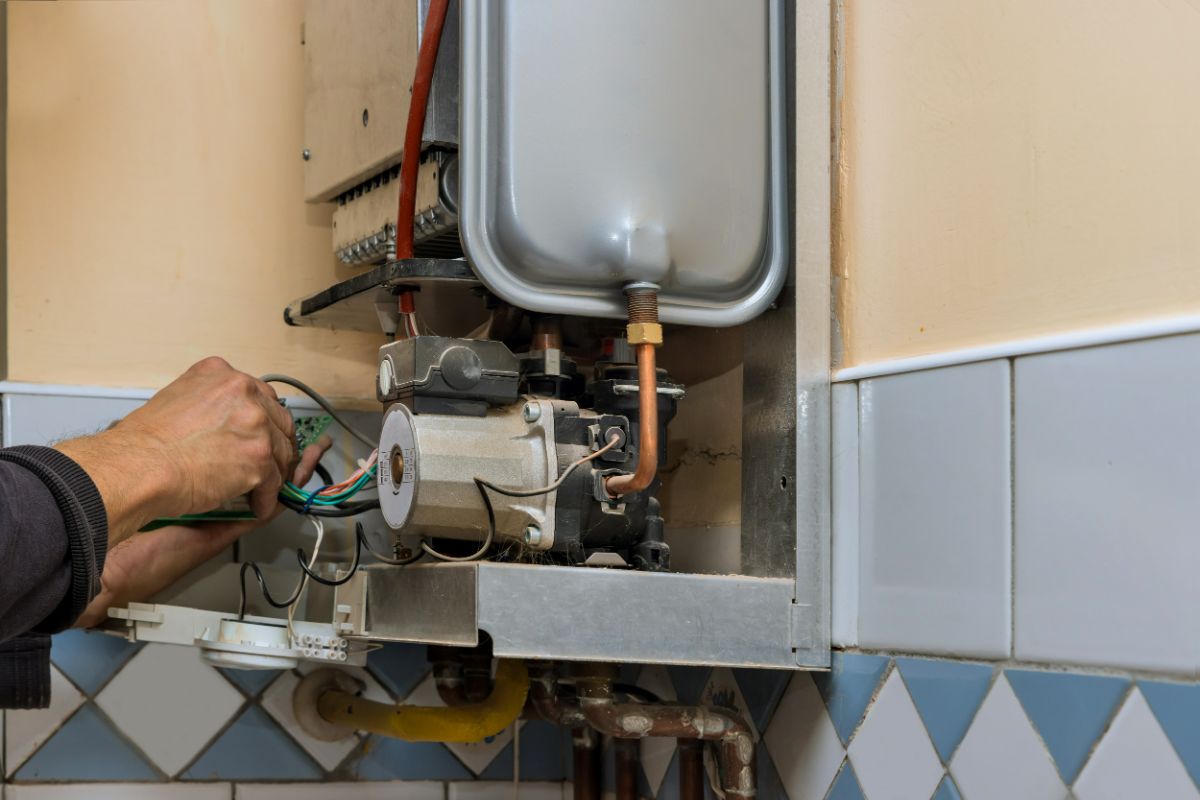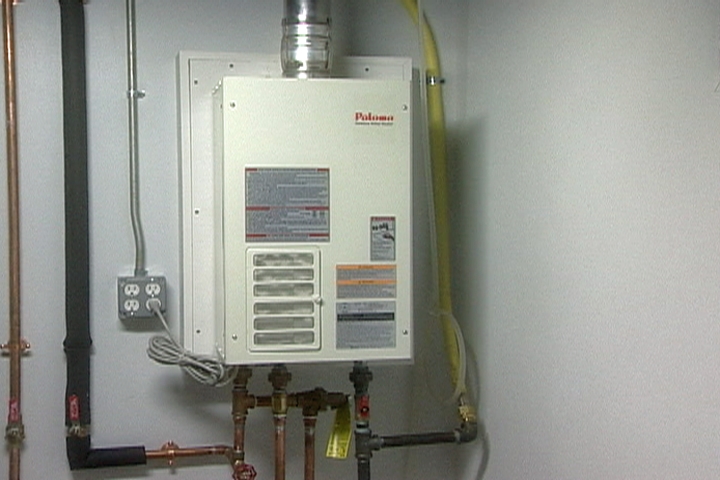Maintaining Your Home's Hot Water System: Key GuidelinesHow to Maintain Your Home's Hot Water System Functioning Well
Maintaining Your Home's Hot Water System: Key GuidelinesHow to Maintain Your Home's Hot Water System Functioning Well
Blog Article
What're your thoughts about Tips on Maintaining a Water Heater?

Warm water is necessary for everyday comfort, whether it's for a revitalizing shower or washing dishes. To ensure your warm water system runs effectively and lasts longer, normal maintenance is key. This article supplies useful tips and understandings on how to keep your home's warm water system to avoid disturbances and expensive repairs.
Intro
Maintaining your home's warm water system may seem overwhelming, however with a couple of easy steps, you can guarantee it operates efficiently for years to find. This guide covers whatever from understanding your warm water system to DIY upkeep pointers and understanding when to call in specialist help.
Relevance of Maintaining Your Warm Water System
Regular upkeep not just prolongs the life-span of your hot water system yet also guarantees it runs effectively. Disregarding maintenance can cause lowered efficiency, higher energy costs, and even premature failing of the system.
Signs Your Hot Water System Demands Maintenance
Understanding when your warm water system needs interest can protect against major problems. Keep an eye out for signs such as irregular water temperature, odd sounds from the heater, or rustic water.
Purging the Hot Water Heater
Flushing your water heater gets rid of debris buildup, enhancing performance and prolonging its life.
Checking and Replacing Anode Rods
Anode poles protect against corrosion inside the tank. Evaluating and replacing them when worn out is vital.
Facility Issues Requiring Expert Aid
Instances consist of major leaks, electrical issues, or if your hot water heater is continually underperforming.
Routine Professional Maintenance Advantages
Specialist upkeep can consist of thorough evaluations, tune-ups, and guaranteeing compliance with security requirements.
Checking and Readjusting Temperature Level Setups
Readjusting the temperature level setups ensures optimal performance and security.
Do It Yourself Tips for Maintenance
You can execute numerous upkeep jobs on your own to maintain your warm water system in leading problem.
Looking for Leakages
Consistently check pipelines and connections for leaks, as these can result in water damage and higher bills.
Understanding Your Hot Water System
Prior to diving right into upkeep jobs, it's practical to recognize the fundamental elements of your warm water system. Usually, this includes the water heater itself, pipes, anode poles, and temperature level controls.
Month-to-month Upkeep Tasks
Routine monthly checks can help capture small concerns prior to they intensify.
Evaluating Pressure Alleviation Valves
Checking the stress relief valve guarantees it functions appropriately and stops excessive stress accumulation.
Insulating Pipes
Shielding hot water pipelines lowers warm loss and can save power.
When to Call a Professional
While do it yourself maintenance is valuable, some problems require expert proficiency.
Final thought
Regular upkeep of your home's hot water system is necessary for efficiency, durability, and cost financial savings. By adhering to these ideas and recognizing when to seek specialist assistance, you can make certain a trustworthy supply of hot water without unforeseen disturbances.
How to Maintain an Instant Hot Water Heater
Before tinkering with your hot water heater, make sure that it’s not powered on. You also have to turn off the main circuit breaker and shut off the main gas line to prevent accidents. Also turn off the water valves connected to your unit to prevent water from flowing into and out of the appliance. 2. When you’re done, you have to detach the purge valves’ caps. These look like the letter “T” and are situated on either side of the water valves. Doing so will release any pressure that has accumulated inside the valves while at the same time avoid hot water from shooting out and burning your skin. 3. When the purge valves’ caps are removed, you have to connect your hosing lines to the valves. Your unit should have come with three hoses but if it didn’t, you can purchase these things from any hardware or home repair shops. You can also get them from retail stores that sell water heating systems. Read the user’s manual and follow it to complete this task properly. When the hosing lines are connected, open the purge port’s valves. 4. You should never use harsh chemical cleaners or solutions when cleaning your unit. Make use of white vinegar instead. It should be undiluted and you’ll probably use about 2 gallons. 5. Now flush your water heater. This task should probably take about 40 minutes. We can’t give you specific directions for this because the procedure is carried out depending on the type, model and brand of your heater. With that being said, refer to the user’s manual. 6. When you’re done draining the unit, you have to turn off the purge port valves again. Remove the hosing lines that you earlier installed on each of the water valves. Put the valve caps (purge port) back in their respective places and be very careful so as not to damage the rubber discs that are found inside these caps. 7. Now that everything’s back in place, check your user’s manual again to find out how to reactivate your water heating system. 8. Once it is working, turn one of your hot water faucets on just to let air pass through the heater’s water supply pipes. Leave the tap on until water flows smoothly out of it. https://www.orrplumbing.com/blog/2014/september/how-to-maintain-an-instant-hot-water-heater/

I recently found that page on How to Maintain a Hot Water Heater in a Few Simple Steps when doing a lookup on the search engines. Sharing is good. Helping people is fun. Thank you so much for taking the time to read it.
Schedule Your Job Now Report this page